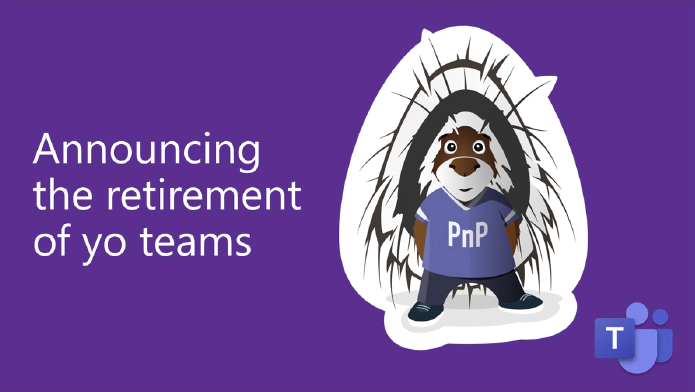Today I thought that I should step out of my normal blogging content and share some of my personal pet project and hobbies. I always been keen of tinkering, testing and building things - being software, hardware, or our house or garden. Over the last few years I’ve been trying to make as much things as possible “smart” in our houses, and particularly in my home office. This home automation project consists of tons of different third party options, but also quite a few devices and gadgets that I built myself. A couple of examples; I’ve built quite a few temperature and humidity sensors that are placed around the houses, door sensors, I have a few old refurbished computer fans that are controlled by these sensors to force air in or out of the rooms, I have a custom built “meeting traffic light”, a purpose built screen with sensor details and notifications. Most of these custom devices has one thing in common - they are based around the ESP8266/ESP32 chip, programmed with ESPHome and orchestrated by Home Assistant.
